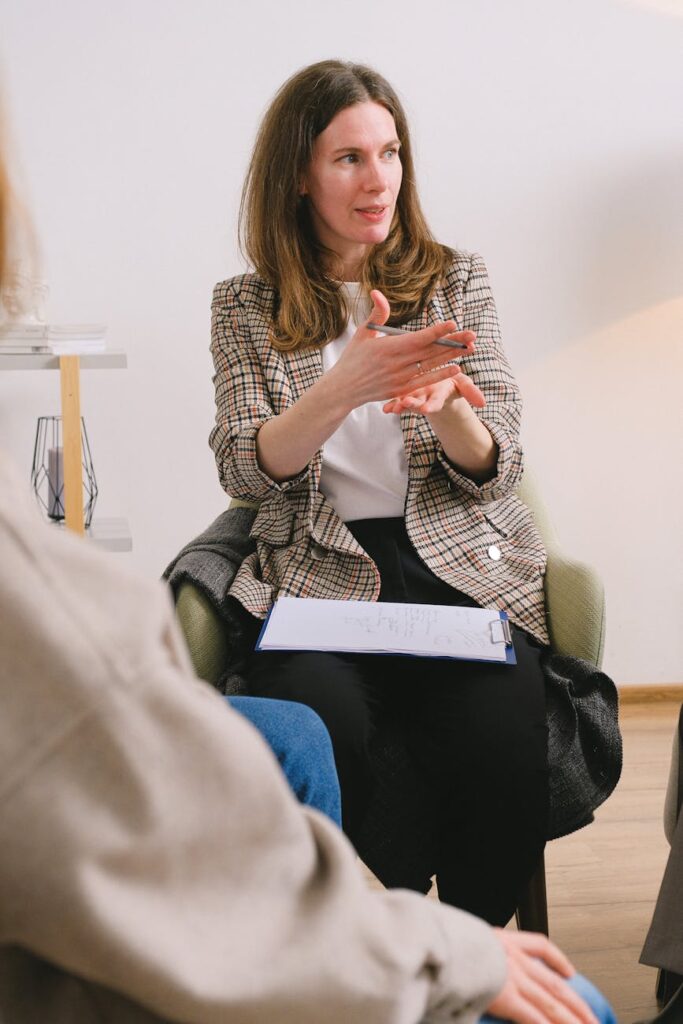What is active listening skills?

What is active listening skills?
Active listening skills are pivotal in enhancing communication and fostering better relationships, whether in personal interactions, professional settings, or educational environments. But what exactly does it mean to listen actively? Let’s dive into the nuances of active listening and how it can transform the way we engage with others.
Understanding Active Listening
Active listening is more than just hearing words; it involves fully engaging with the speaker. It’s about understanding the message being conveyed, both verbally and non-verbally. When you practice active listening, you focus your attention on the speaker, absorb the information, and respond thoughtfully.
The Key Components of Active Listening
-
Attention: This is the foundation of active listening. You need to give your full attention to the speaker. This means eliminating distractions, maintaining eye contact, and showing that you are present in the moment.
-
Empathy: Put yourself in the speaker’s shoes. Understanding their feelings and perspectives not only enhances your connection but also encourages open dialogue.
-
Feedback: Active listeners provide feedback through verbal affirmations or body language. Nodding, summarizing what you’ve heard, or asking clarifying questions shows that you are engaged.
-
Non-Verbal Cues: Pay attention to the non-verbal signals. Body language, facial expressions, and tone of voice can convey more than words alone.
The Importance of Active Listening Skills
You might wonder why honing these skills is vital. In today’s fast-paced world, effective communication can often fall by the wayside. Active listening helps bridge that gap, leading to improved relationships and better collaboration. Here are a few reasons why it matters:
- Enhances Understanding: When you listen actively, you grasp the nuances of the conversation, which reduces misunderstandings and conflicts.
- Builds Trust: Demonstrating genuine interest in what others are saying fosters a sense of trust and respect. People are more likely to open up when they feel heard.
- Encourages Engagement: Active listening invites others to participate more fully in discussions. It creates a safe space for sharing ideas and feedback.
Techniques to Improve Active Listening Skills
Improving your active listening skills doesn’t happen overnight. It requires practice and a commitment to change. Here are some techniques to help you get started:
1. Practice Mindfulness
Mindfulness can enhance your ability to focus. By being present in the moment, you can listen more effectively. Try to clear your mind of distractions before entering a conversation.
2. Summarize and Reflect
After the speaker shares their thoughts, summarize what you heard. This not only shows that you were paying attention but also confirms your understanding. For instance, you might say, “What I hear you saying is…”
3. Ask Open-Ended Questions
Encourage deeper conversations by asking open-ended questions. This invites the speaker to elaborate, providing you with more context and insight.
4. Limit Interruptions
Resist the urge to interrupt or finish the speaker’s sentences. Allow them to complete their thoughts before responding. This demonstrates respect and patience.
The Role of Active Listening in Professional Settings
In the workplace, active listening is crucial for effective teamwork and leadership. It helps in various aspects, such as:
-
Conflict Resolution: By understanding different perspectives, you can mediate conflicts more effectively.
-
Coaching and Mentoring: Active listening is essential for coaches and mentors. It allows them to understand their mentees’ needs and provide tailored guidance. For more insights into coaching others using active listening skills, check out this CCL article.
-
Enhancing Collaboration: Teams that practice active listening tend to communicate more openly, leading to better collaboration and innovation.
Everyday Applications of Active Listening Skills
Active listening isn’t just confined to the workplace. It’s a skill that benefits all areas of life. Here are a few scenarios where you can apply these skills:
-
In Personal Relationships: Whether it’s with your partner, family, or friends, active listening strengthens bonds and fosters understanding.
-
At School: Students who engage in active listening are more likely to grasp complex concepts and participate in discussions. Techniques like the three A’s of active listening—attention, attitude, and adjustment—can be beneficial in educational settings. You can explore these techniques in detail through this Verywell Mind article.
-
During Networking Events: Exhibiting active listening can leave a lasting impression. It shows you value the other person’s insights, making them more inclined to remember you.
Overcoming Barriers to Active Listening
While the benefits are clear, many face challenges when trying to listen actively. Here are some common barriers and how to overcome them:
-
Distractions: In a world full of distractions, it’s easy to lose focus. Make a conscious effort to minimize distractions in your environment.
-
Preconceived Notions: We often come into conversations with biases. To listen actively, set aside your judgments and be open to new ideas.
-
Emotional Responses: Sometimes, our emotions can cloud our ability to listen. If a topic provokes a strong emotional reaction, take a moment to compose yourself before responding.
Conclusion
Active listening skills are essential for effective communication. They enrich our interactions, strengthen relationships, and promote understanding. By practicing active listening, you not only enhance your personal and professional life but also contribute to a more empathetic and connected world. So, the next time you engage in a conversation, remember to listen actively. It makes all the difference!

Photo by SHVETS production